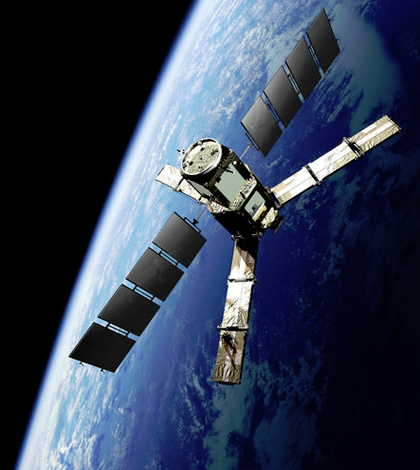Ocean acidification can be monitored efficiently by satellite

New satellite monitoring of ocean acidification can offer many advantages over traditional monitoring by research vessels, according to a press release from the University of Exeter.
Research vessels are expensive to operate and can only assess small portions of the ocean, and some waters are also dangerous to navigate. Satellites, on the other hand, can monitor conditions from 700 kilometers above the Earth’s surface and are unaffected by temperamental oceans. Using satellites would be especially advantageous in extreme monitoring conditions, such as in the Arctic ocean environment.
Collaboration among the university, European Space Agency and other research organizations are moving in the direction of using existing satellites to monitor acidification trends. The European Space Agency’s Soil Moisture and Ocean Salinity satellite, for example, could also be used to monitor ocean acidification conditions.
New satellite techniques measure ocean temperatures with mounted thermal cameras and measure salinity with microwave sensors. These measurements can be used to assess ocean acidity.
Monitoring ocean acidity is a crucial task whose importance will only become greater in the coming years. Around 25 percent of the Earth’s carbon dioxide from fossil fuel emissions is absorbed by the ocean, which increases its acidity.
Top image: The European Space Agency’s Soil Moisture and Ocean Salinity satellite can be used to measure ocean acidification. (Credit: ESA)




0 comments